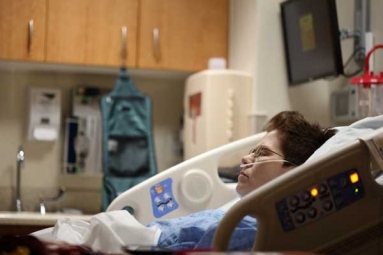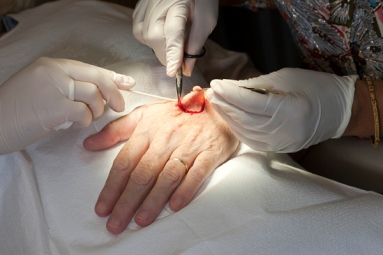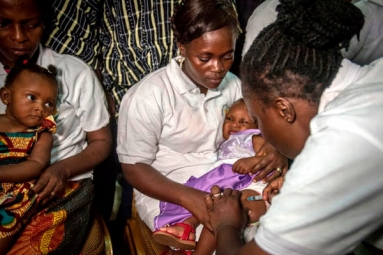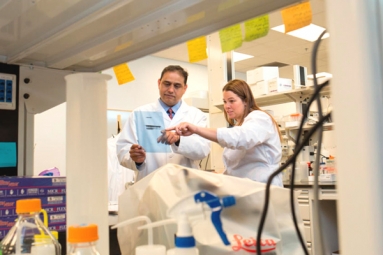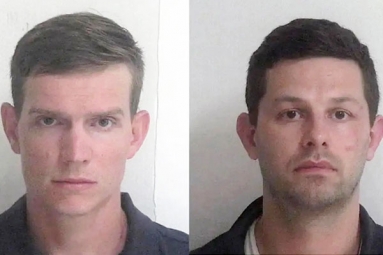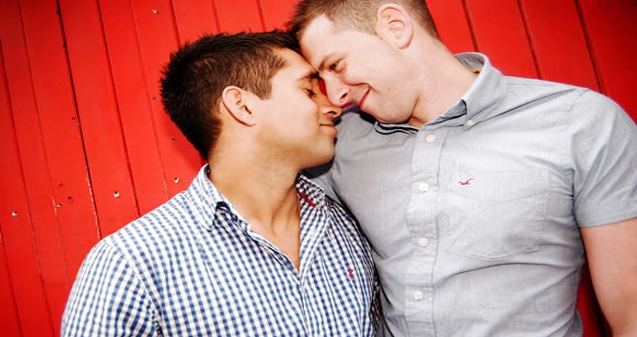
By all accounts, efforts to vaccinate young girls against the human papillomavirus (HPV) have been a success, preventing potentially fatal cases of cervical cancer. Anal cancer is caused by the same strains of the human papillomavirus that can cause cervical cancer in women. But for gay men, for whom the risk of anal cancer is higher than for heterosexual men or women, there are still barriers in the way of access to this preventative vaccine.
Introduced in 2006 in the U.S., two HPV vaccines, Cervarix and Gardasil, are administered to teenage girls in three doses over the course of six months. In the time since the vaccine was introduced, the incidence of high-risk HPV has declined among teen girls by 56 percent, according to a recent study published in The Journal of Infectious Diseases.
How To Prevent Cervical Cancer
Because some anal cancer cases can also be prevented by the same vaccine, an editorial published yesterday in the British Medical Journal calls for targeted HPV vaccinations of gay men up to 26 years old.
“Rates of anal cancer in men who have sex with men are as high if not higher than cervical cancer in women, but no suitable screening mechanisms exist,” study author Mark Lawton, MD, of the Liverpool Centre for Sexual Health in the UK told Healthline.
Because HPV is most easily transferred through sexual contact, it's important to vaccinate young people before they become sexually active or have had too many partners. Currently in the U.S., Gardasil vaccinations are recommended for boys between the ages of 11 and 21, and up to the age of 26, according to the Centers for Disease Control and Prevention (CDC).
What Is the HPV Vaccine?
The logic behind systematically vaccinating young girls is that straight men will benefit from “herd immunity,” meaning that vaccinating half the population should have a protective effect on the other half. But gay men are left out in this scenario. “It is the men who have sex with men that lose out from that plan, and thus why we are recommending targeted vaccination,” Lawton said.
While it seems logical to offer vaccinations to both boys and girls regardless of sexual orientation before they have intercourse to prevent HPV from spreading at all, cost and limited resources make this plan problematic. “It would be easier and better to vaccinate all boys routinely as well as girls, from the age of [11 to 12 years], as they have recently started doing in Australia. Unfortunately, it comes down to cost and cost effectiveness,” Lawton said.
So, researchers are recommending targeted immunizations for high-risk groups—women because of their cervical cancer risks and gay men because of their anal cancer risks.
Study: Two Doses of HPV Vaccine as Effective as Three
Lawton hopes his editorial will draw attention to the benefits of HPV vaccination, increase political pressure to expand the vaccination program, and increase public awareness about a cancer for which preventative steps are currently not being taken.
Prejudice in the medical treatment of gay and lesbian patients has in fact been dissipating. A 2012 report from the Human Rights Campaign found that the number of healthcare facilities deemed leaders in the treatment of LGBT patients jumped from 71 to 212. The increase was especially notable among hospitals serving veterans after the repeal of "don't ask, don't tell" policies about disclosing one's sexual orientation in the armed forces. Still, there is more to be done.
“Young people are more open about their sexual orientation these days and may well be willing to disclose at a younger age if they were aware of an advantage such as accessing HPV vaccination,” Lawton said.
source : Yahoo! Health




